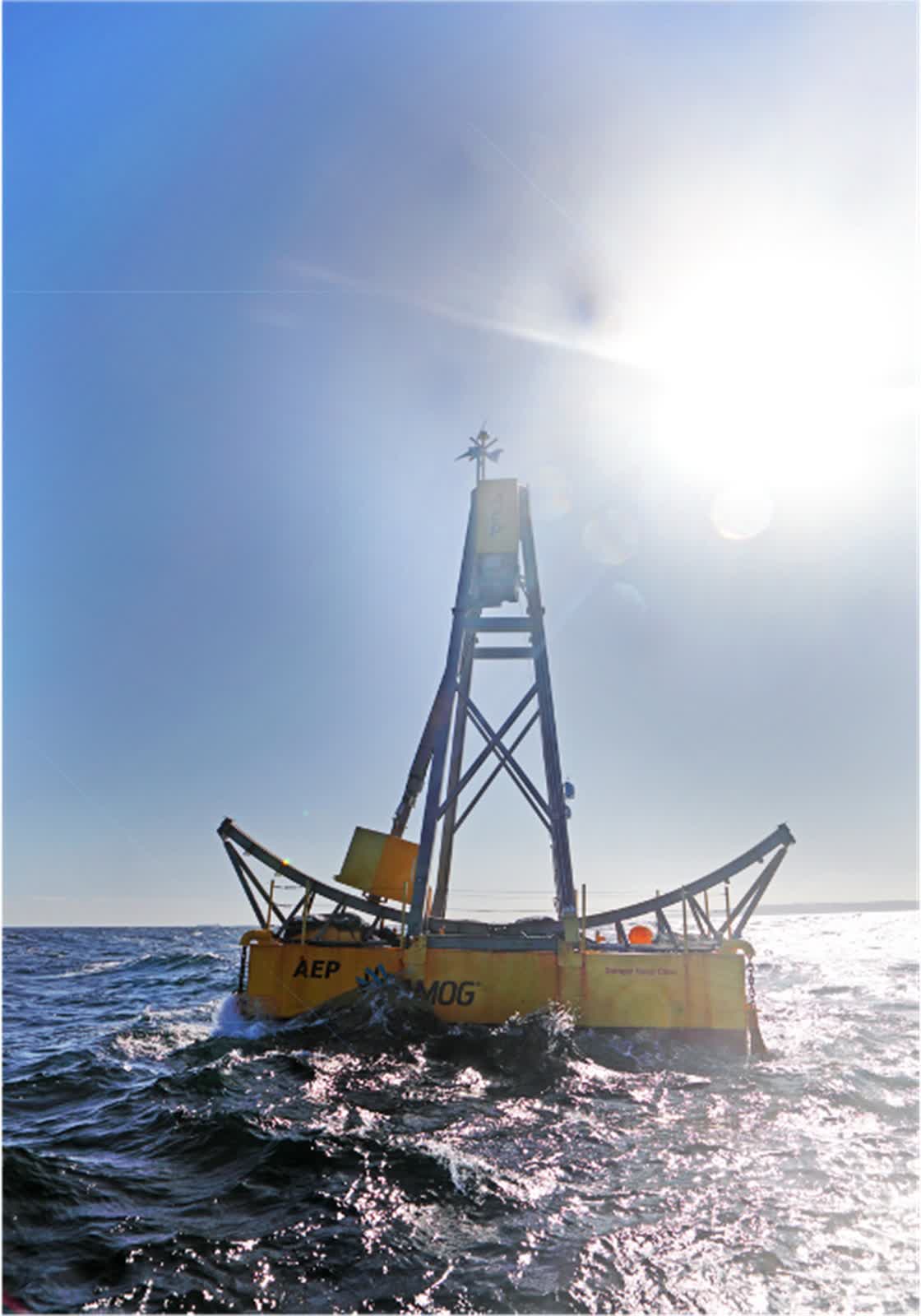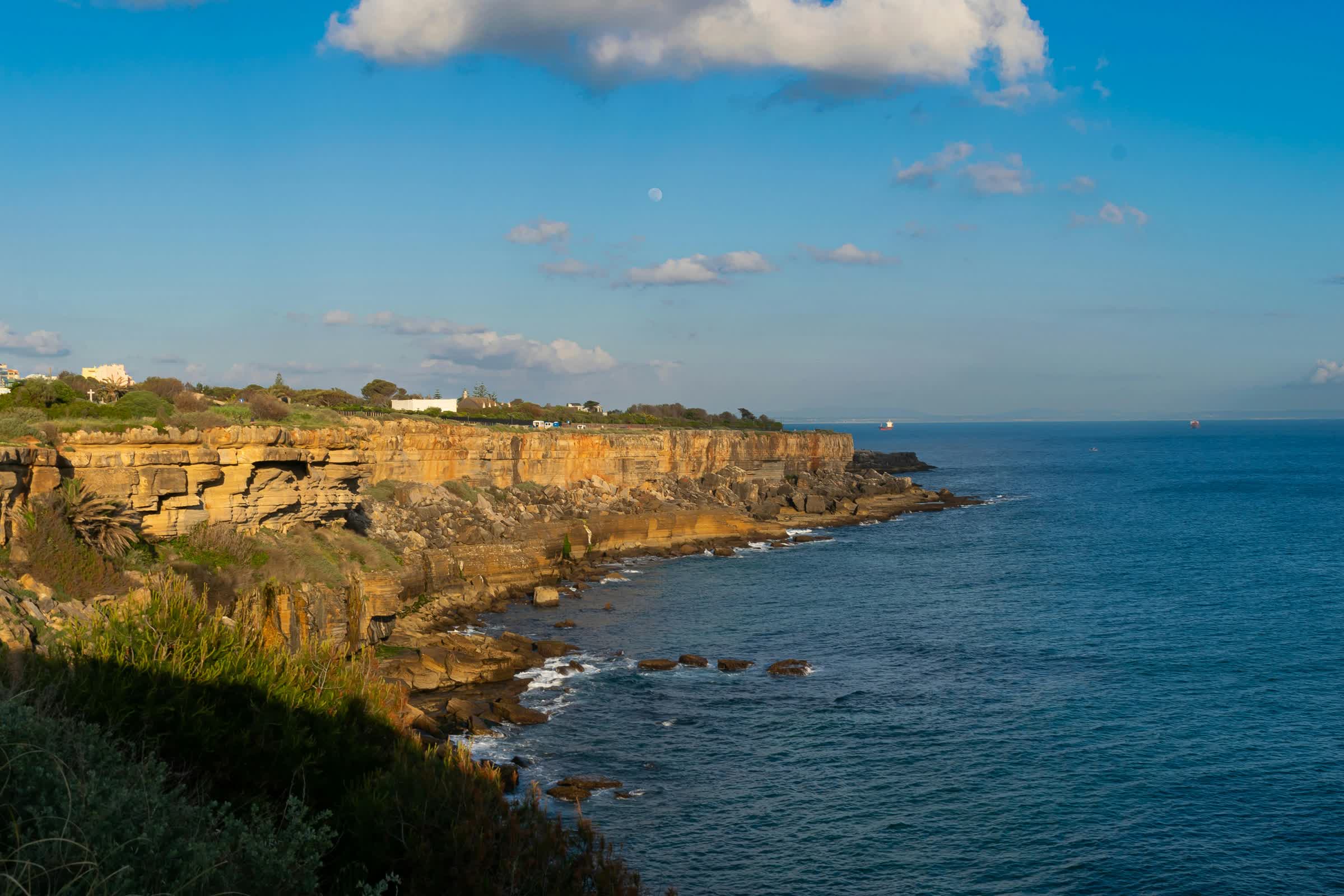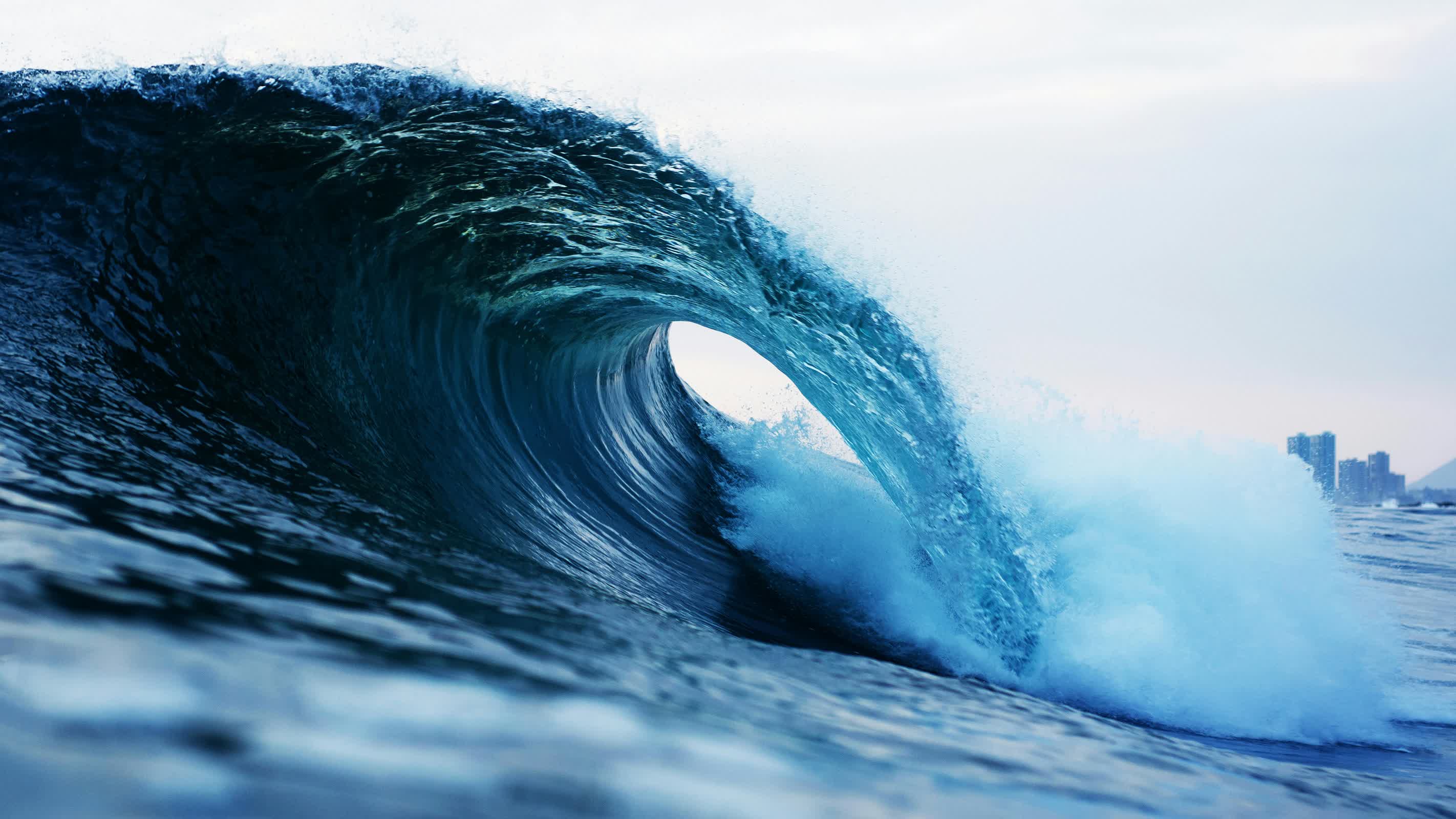Forward-looking: Portuguese scientists are exploring how the power of the ocean can be harnessed not only to generate clean electricity but also to protect vulnerable shorelines. Researchers from CIIMAR and FEUP have published a study in the journal Applied Energy, proposing a dual-purpose wave energy park near Esposende in northwest Portugal. Their vision goes beyond generating renewable energy – it integrates coastal protection directly into the design of the energy infrastructure.
At the heart of the proposal is a 500-megawatt wave energy park composed of carefully arranged wave energy converters (WECs). The research team's analysis shows that, with the right configuration, such a park could generate over 340,000 megawatt-hours annually – enough to power more than 100,000 homes.
But the benefits go far beyond electricity. By strategically spacing and orienting the WECs, the park could significantly reduce the force of incoming waves, lowering wave heights by more than 25 percent in some areas. This impact isn't just theoretical: global studies suggest that well-designed wave farms can reduce wave heights by up to 50 percent and cut coastal erosion during storms by as much as 45 percent, depending on local conditions and the layout of the devices.
Portugal's coastline – renowned for its dramatic beauty and powerful Atlantic swells – faces mounting threats from erosion and flooding. Integrating wave energy technology with coastal defense offers a promising solution to these challenges.
The researchers emphasize that the park's design must be tailored to the unique characteristics of each site, balancing energy generation with maximum shoreline protection.

Environmental considerations are central to the project's success. While the installation of wave energy devices can help stabilize shorelines and even create new habitats for marine life, the researchers remain mindful of potential risks. These include seabed disturbance during construction, changes in sediment transport, and electromagnetic fields generated by underwater cables – all of which require careful management.
The economic implications for local communities are also significant. Beyond supporting Portugal's ambitious renewable energy targets (over 60 percent of the country's electricity already comes from green sources), the wave park could generate jobs in manufacturing, installation, and maintenance. Surplus electricity from wave energy could also power offshore aquaculture operations or desalination plants, further diversifying the region's economy.
Additionally, the project could lower energy costs for residents and bolster other coastal industries.
Portugal's leadership in renewable energy makes it a natural testing ground for this kind of multifunctional infrastructure. As the world seeks innovative solutions to climate change, the integration of energy generation with coastal defense is gaining momentum globally.
Some initiatives are even exploring the combination of WECs with existing breakwaters and sea walls, leveraging established infrastructure to reduce costs and simplify maintenance. One notable example is the OBREC prototype, installed along a section of the San Vincenzo breakwater in Naples Harbour, Italy. This project integrates overtopping wave energy technology directly into the structure of a rubble-mound breakwater. As waves overtop the sloped berm, water is collected and funneled through low-head turbines, converting wave energy into electricity while preserving the breakwater's primary role in coastal protection.

Central to the success of any such initiative is the active involvement of local communities and stakeholders. The researchers emphasize the importance of transparent dialogue and collaboration with fishermen, tourism operators, and residents. Lessons from similar projects around the world highlight how early and sustained engagement is key to building trust and securing long-term support.
Looking ahead, the team views their study as a foundation for a new generation of coastal infrastructure. Ongoing advances in wave energy technology – including research into acoustic resonance and tsunami mitigation – are expected to further expand the potential of these systems. As Daniel Clemente, the study's lead author, puts it: "If we can protect our coast and generate renewable energy at the same time, why not explore every possibility?"
